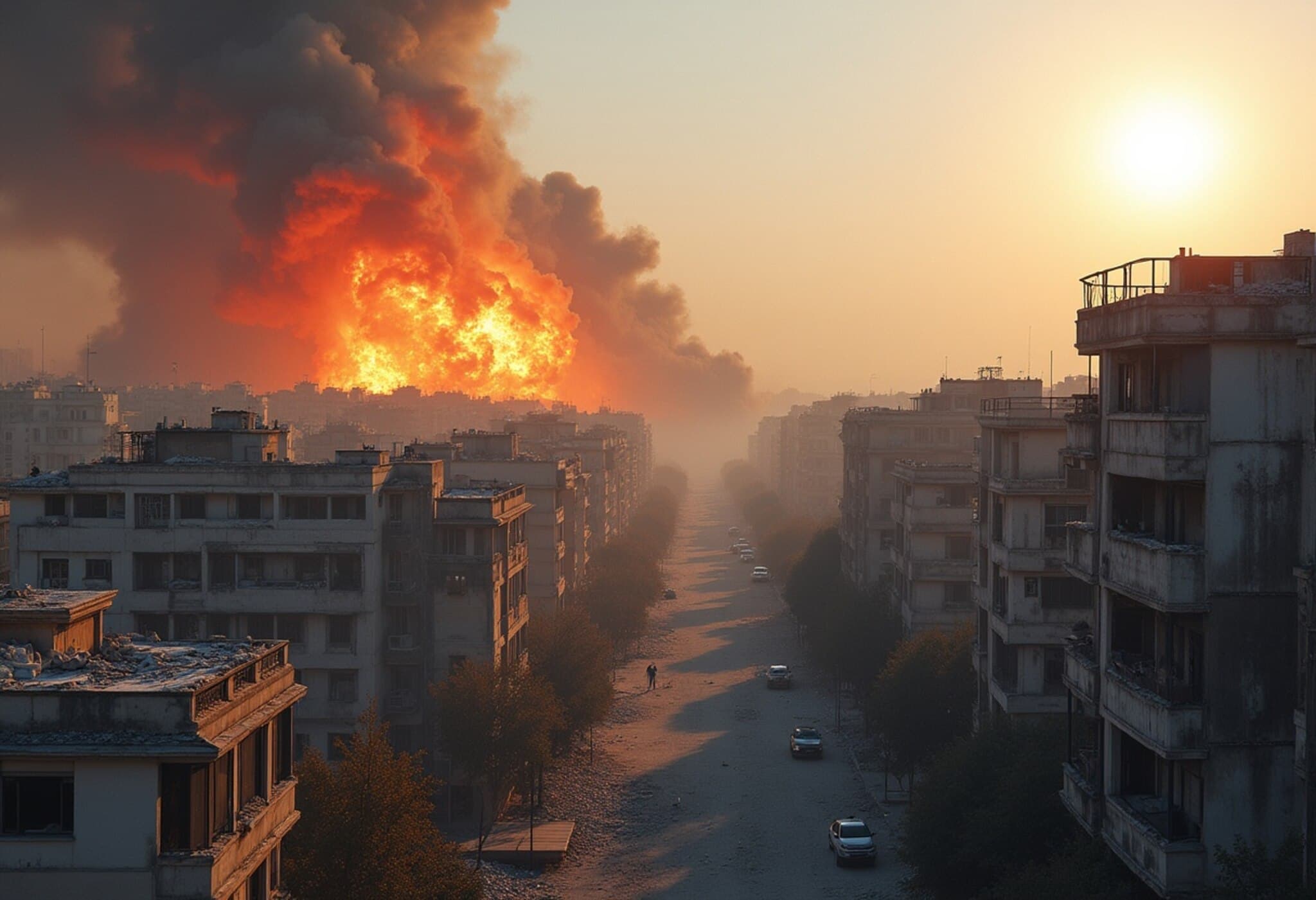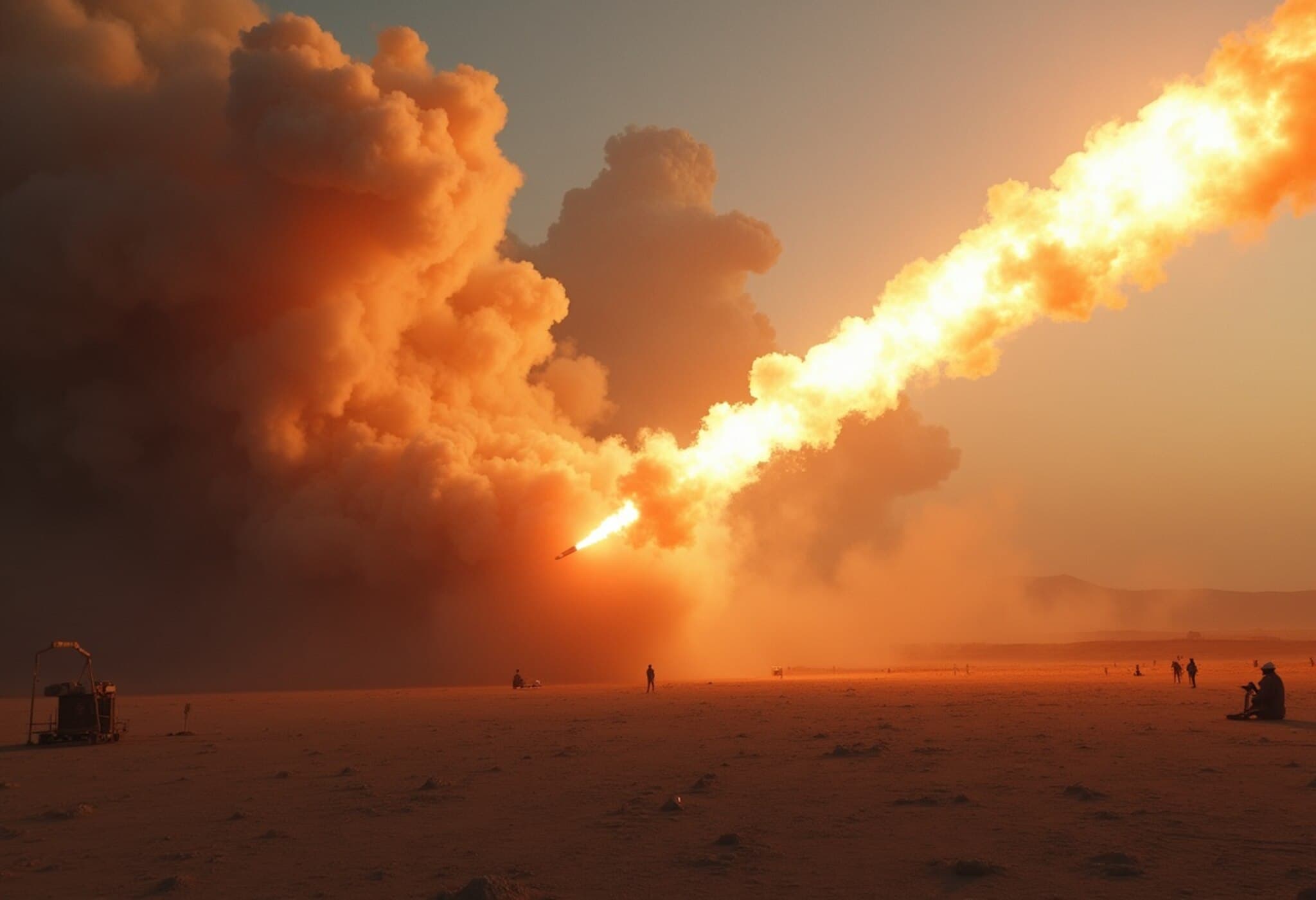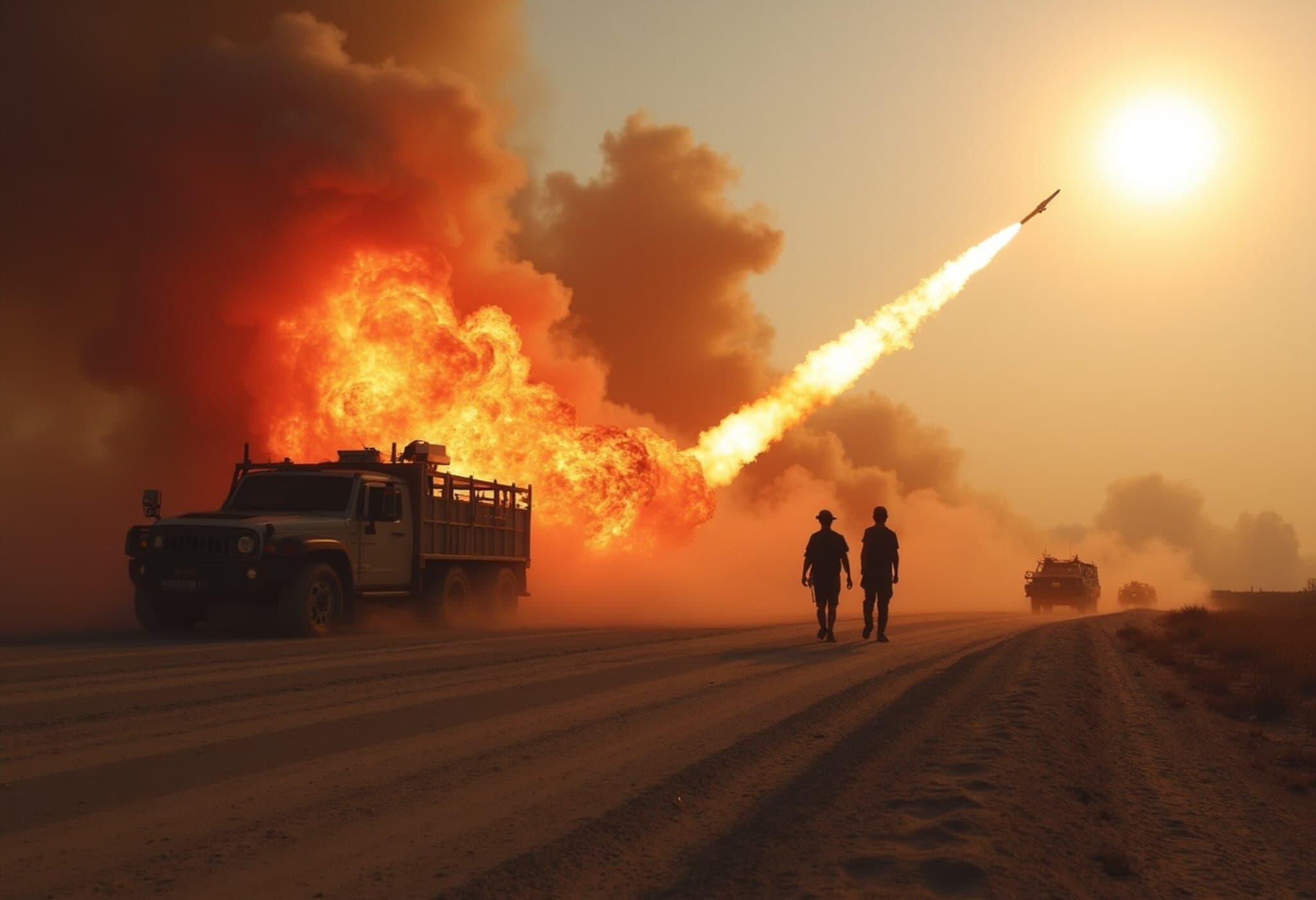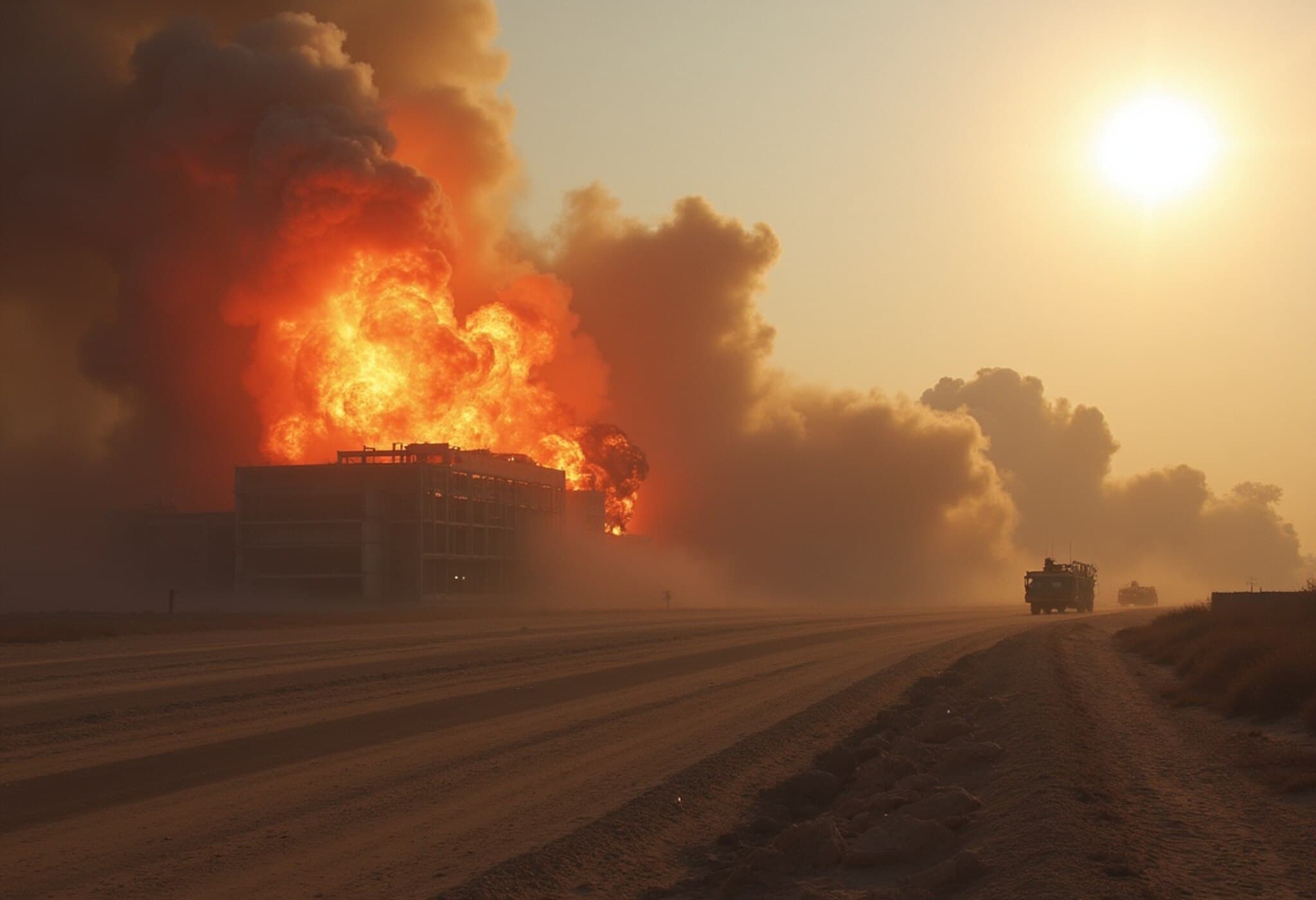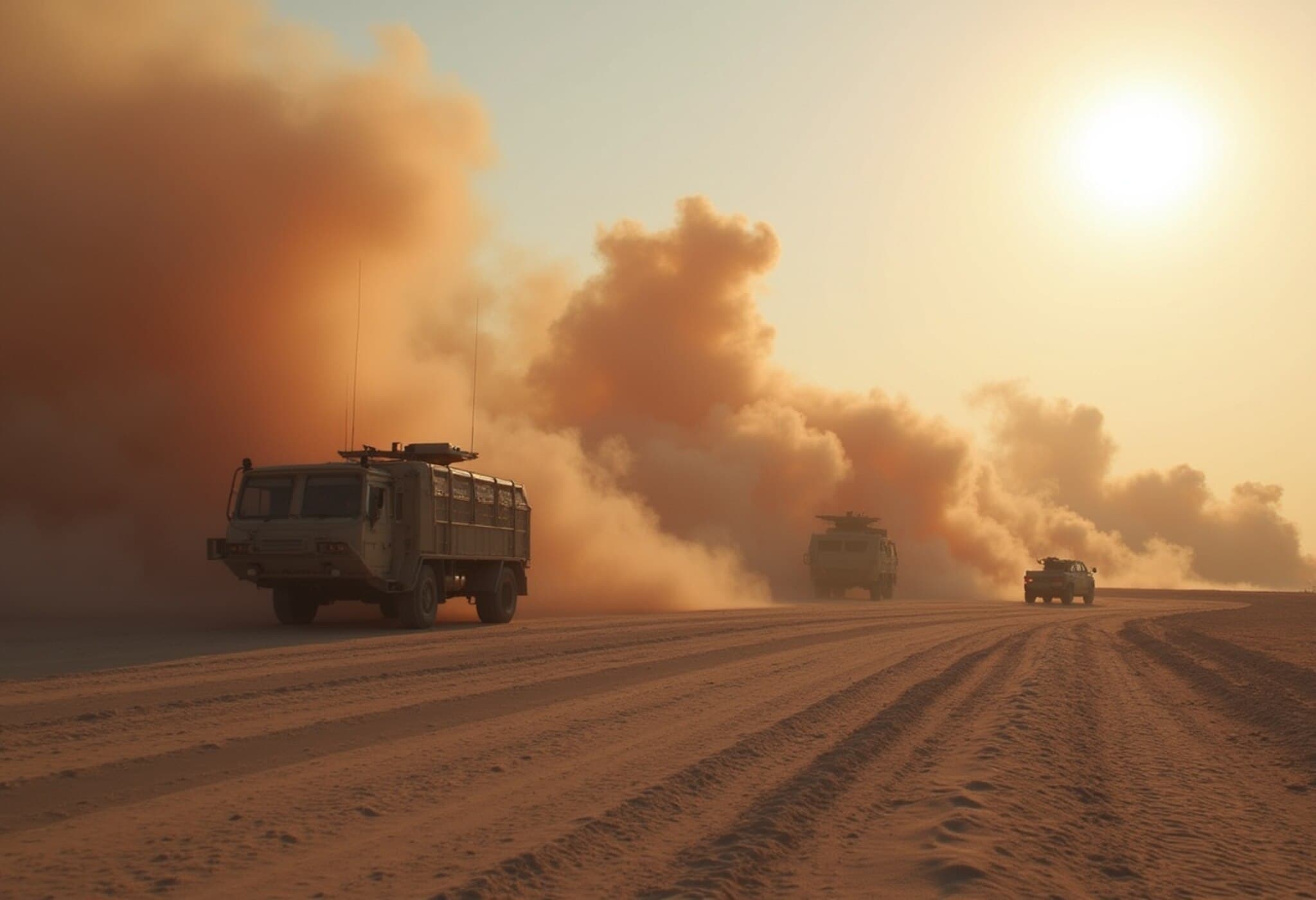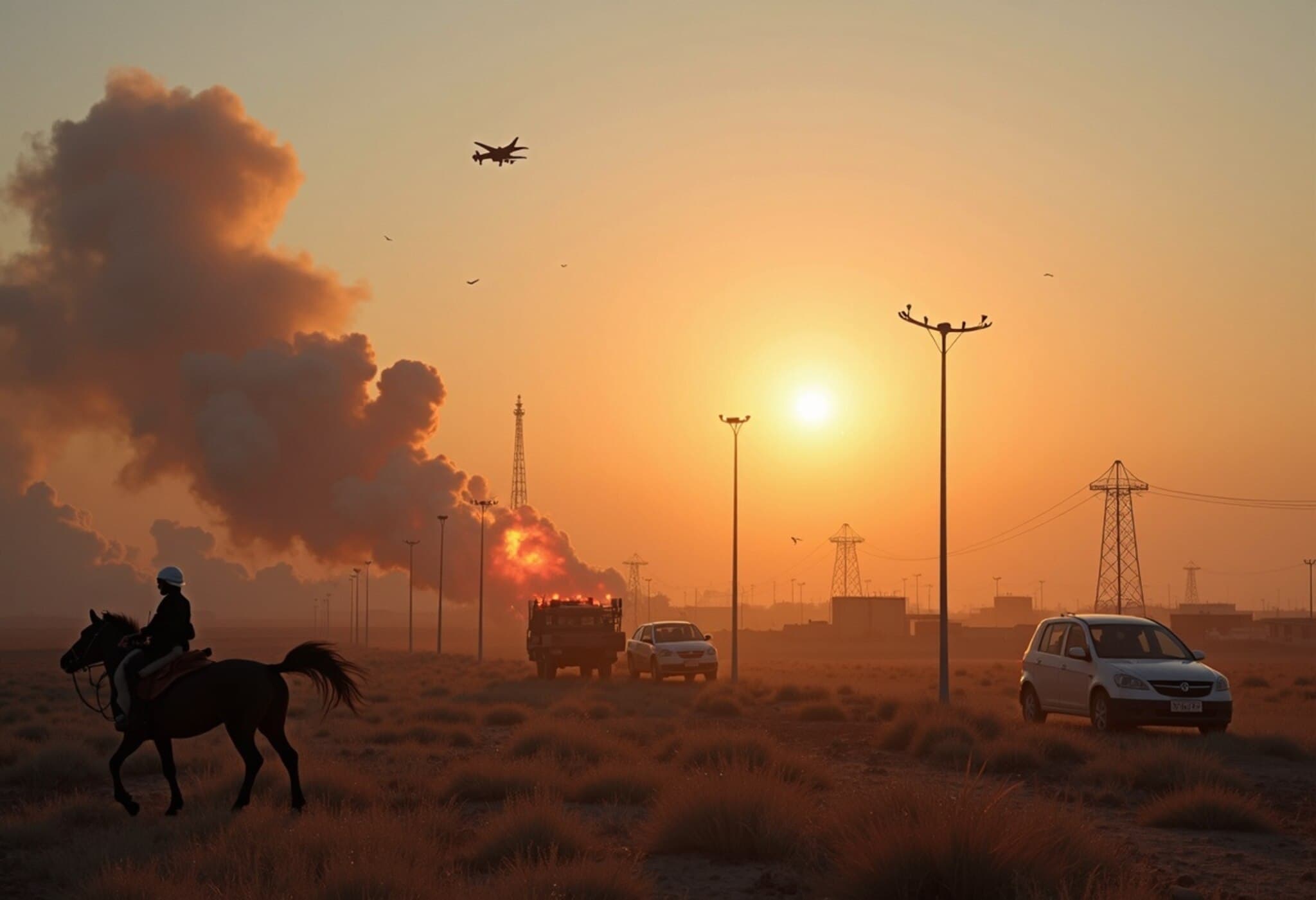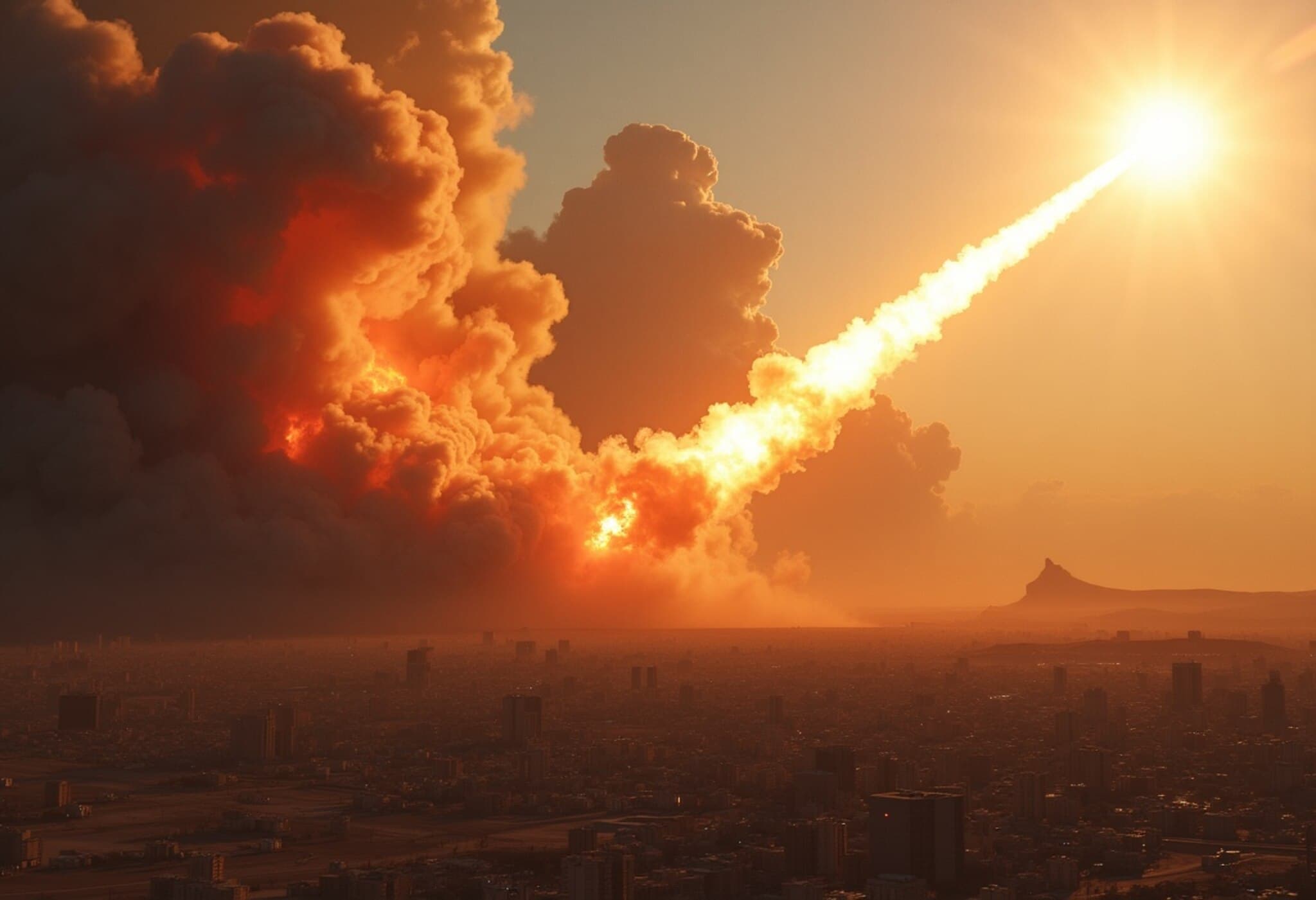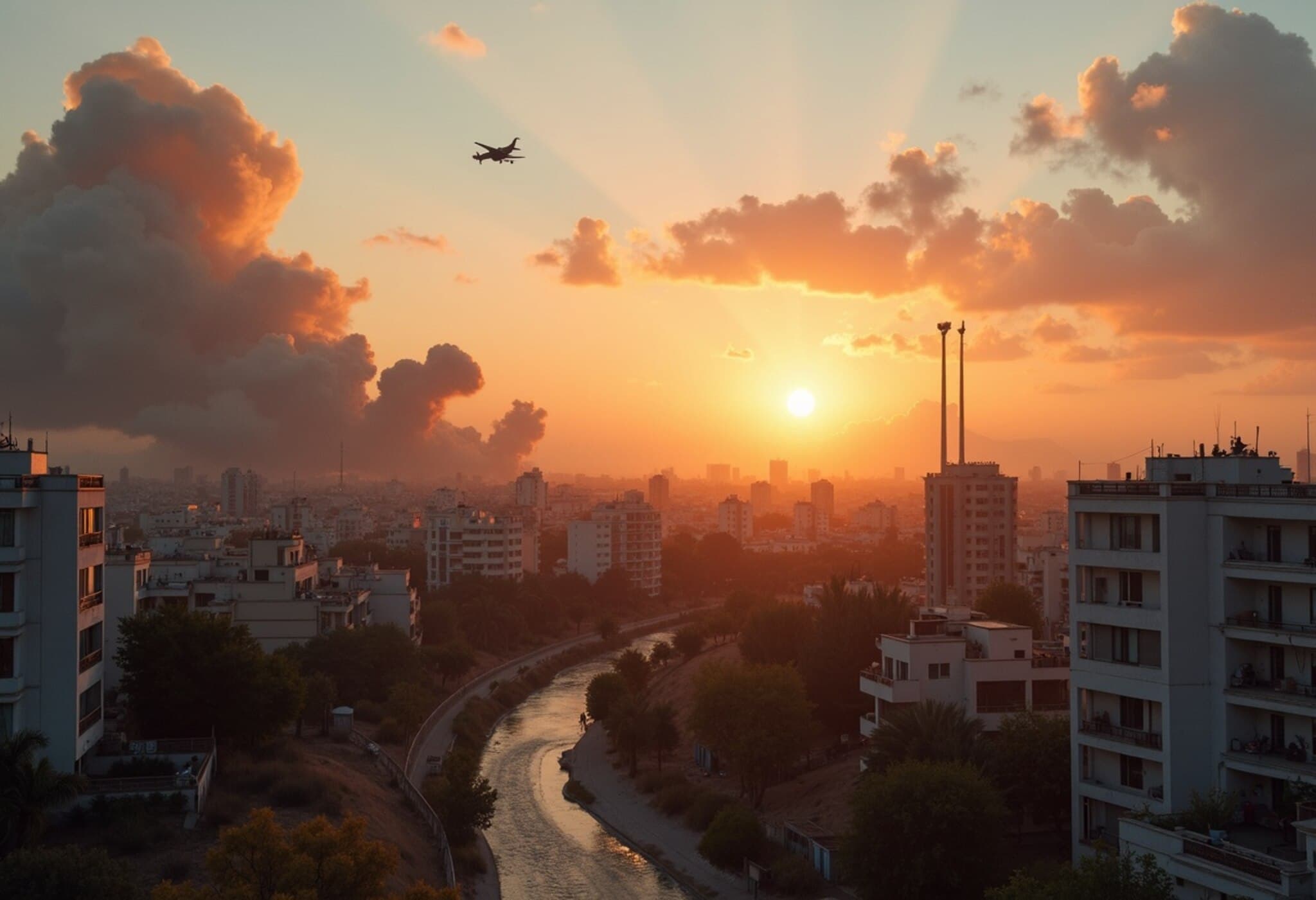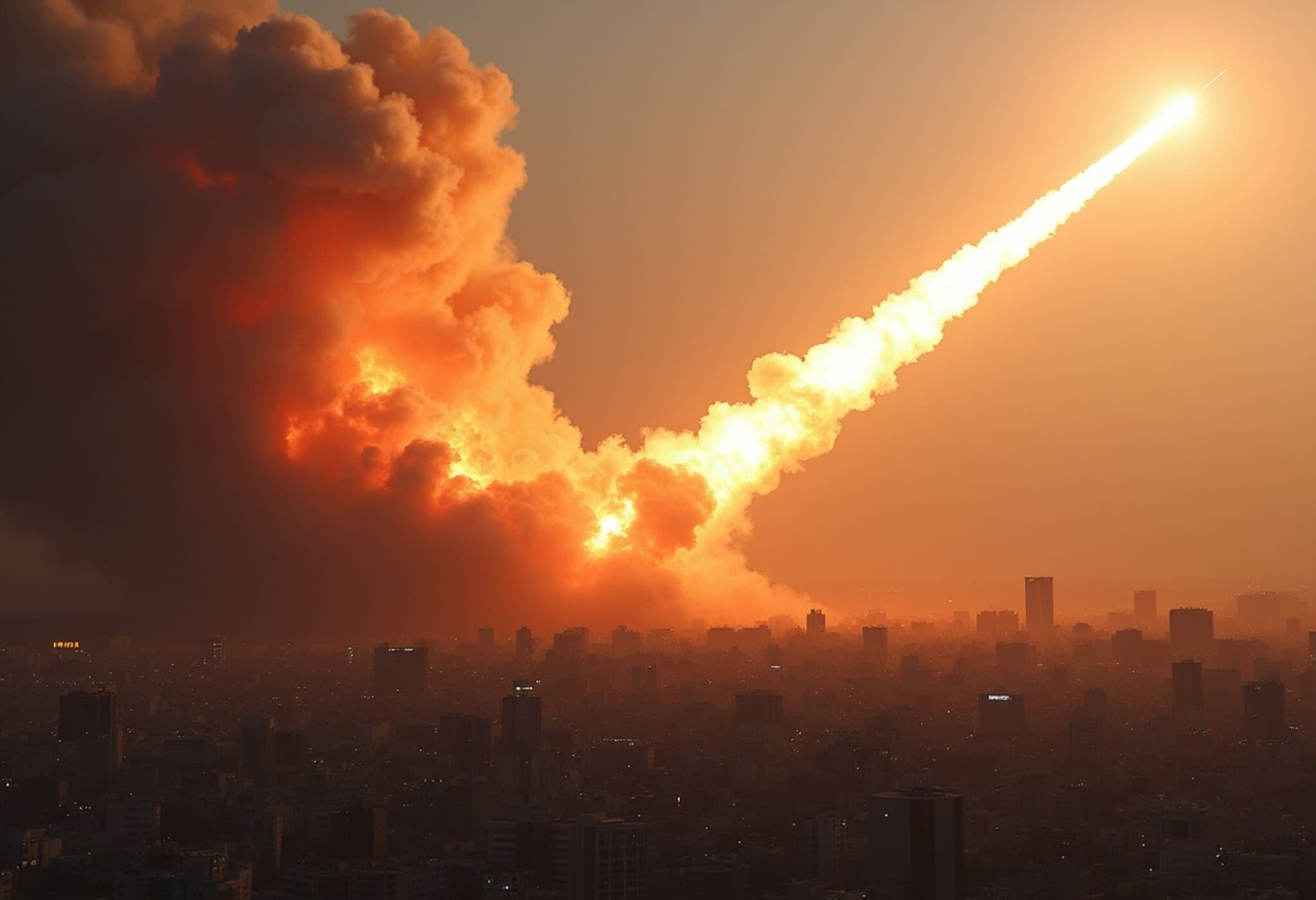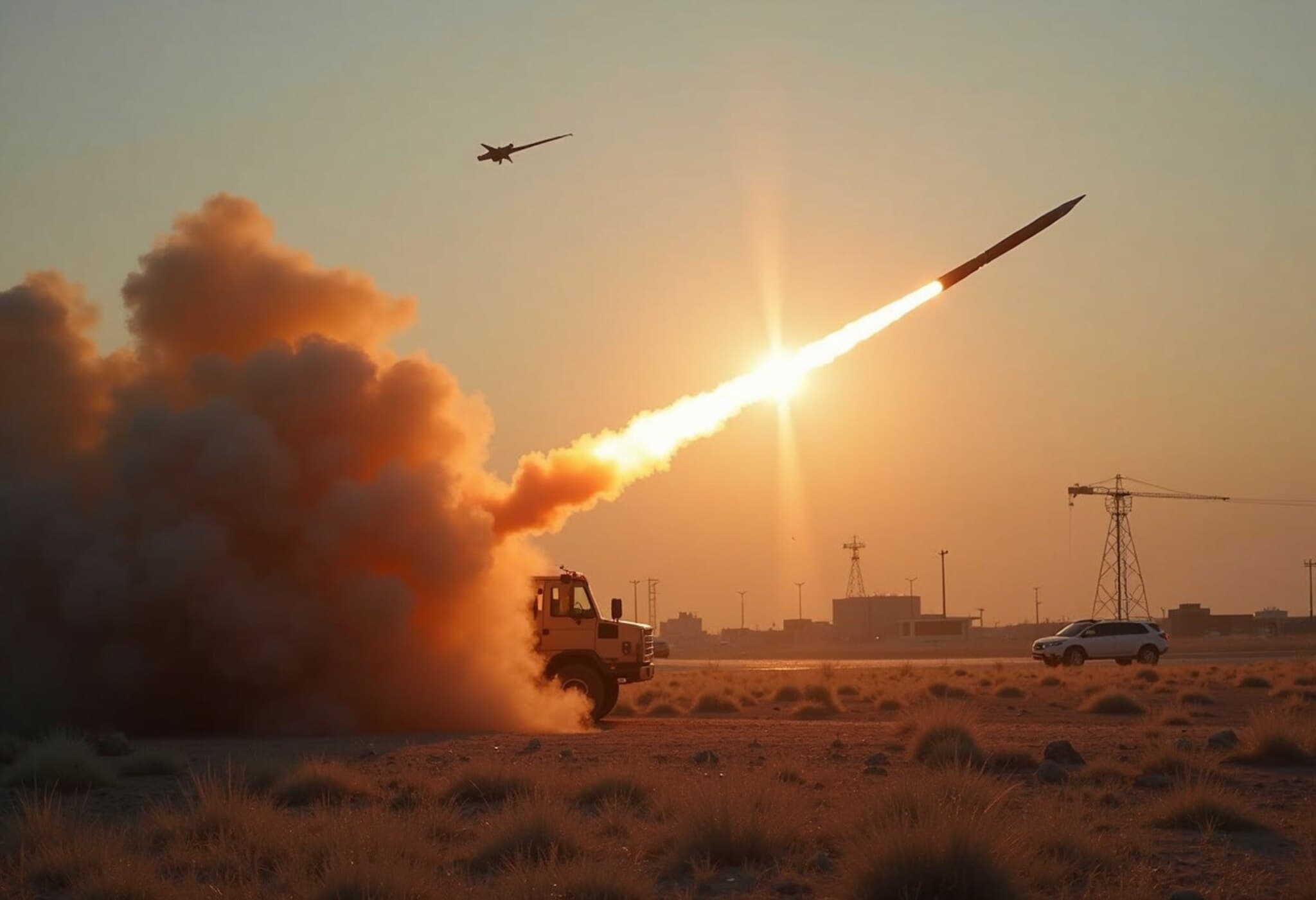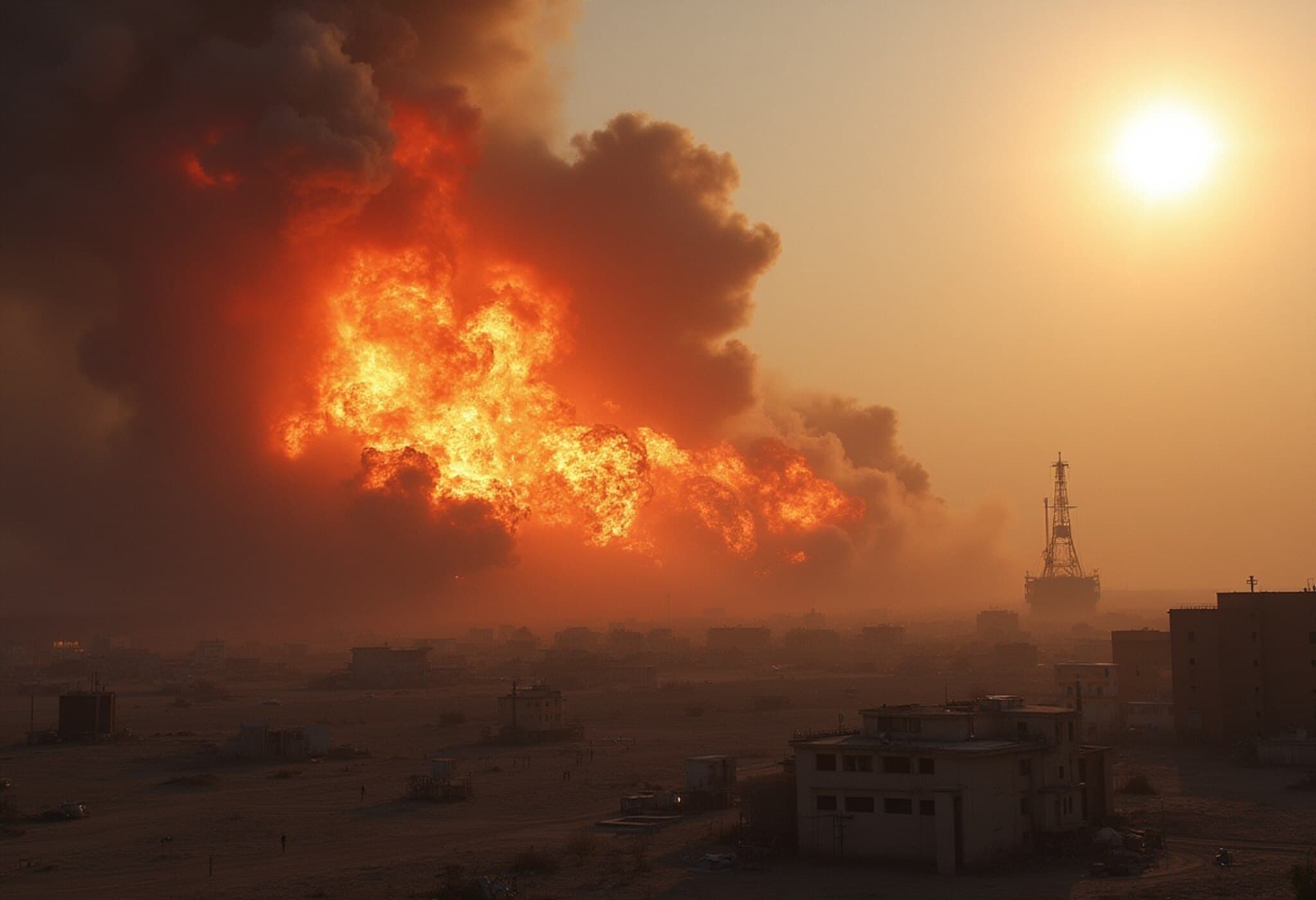Over 40 Missiles Fired by Iran at Israel Following U.S. Attacks
In a dramatic escalation of regional tensions, Iran launched more than 40 missiles toward Israel shortly after U.S. airstrikes targeted Iranian nuclear facilities. The missile barrage on Sunday left 23 people injured and inflicted substantial damage to residential buildings across three Israeli cities.
Tel Aviv Sees Significant Damage Amid Rapid Evacuations
One of the hardest-hit locations was Tel Aviv, where a multi-story apartment building suffered severe structural damage, with its front section blown away. Surrounding buildings—including a nursing home—were impacted by the blast radius. Thankfully, most residents had already evacuated or taken shelter before the attack, significantly limiting casualties.
Deputy Mayor Haim Goren, who surveyed the damage firsthand, highlighted the comparatively low injury count despite the widespread destruction. Nursing home residents, many with mobility challenges, were safely escorted to safety by caregivers and family members. The blast shattered windows up to the 11th floor of nearby buildings.
Voices from the Ground: Residents Reflect on Devastation
Local resident Ofer Berger described the scene vividly: “It felt like a typhoon ripped through my apartment. Almost all the apartments around here are destroyed.” Though only one person was moderately wounded by shrapnel, dozens experienced minor injuries in the missile strikes.
Berger expressed hope for an end to the ongoing conflict. “Most of these tit-for-tat strikes end in a lot of tears,” he said, echoing community sentiments.
Communities Unite Amid Destruction and Displacement
Outside the damaged buildings, affected residents gathered with pets and belongings, gingerly navigating piles of glass and debris. Volunteers from a local group, “One Heart,” appeared promptly to assist families in salvaging what they could.
The Israeli military reported that the ongoing war has displaced over 9,000 people, damaging more than 240 residential buildings and over 2,000 apartments nationwide.
Among those impacted is 79-year-old Mira Goshen, who lost her entire apartment to missile damage. She described the terrifying moments during the attack: “My mamad (reinforced safe room) was shaking uncontrollably—I thought it was the end of the world. Thankfully, it saved my life.” In some heavily hit areas, these reinforced rooms remained intact even as entire homes were flattened.
Her pet bird, Chica, survived an 11-story fall when the cage was blasted off her balcony. Rescued and shaken, Chica nestled close to Goshen as they waited outside with neighbors and officials.
Recovery Efforts and Rising Tensions
Municipal workers quickly mobilized to clear shattered glass and debris, while volunteers handed out food and water at aid stations. Nearby businesses faced broken windows and scattered goods, yet many stores reopened promptly to serve their communities despite the damage.
Though the immediate aftermath showed calm among residents, Deputy Mayor Goren acknowledged the emotional toll of continued nightly missile threats, frequent shelter runs, and cramped living conditions. Stress and anxiety levels remain high across affected areas.
Local aid groups work tirelessly to connect displaced families with shelters. The municipality is even repurposing facilities like parking garages, bus depots, and train stations as temporary refuge spots.
Looking Ahead: Life Amid Uncertainty
For many, including Goshen, political discourse feels distant when survival is at stake. “I’m far from politics. What I think doesn’t seem to matter because ordinary voices go unheard,” she remarked.
This latest exchange underscores the ongoing volatility in the region, with civilians bracing for what comes next.

